by Melody Kendall
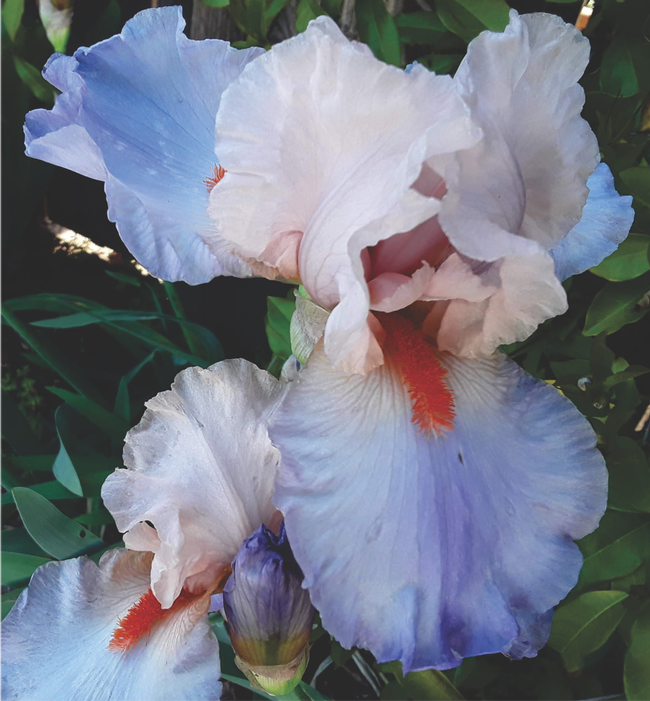
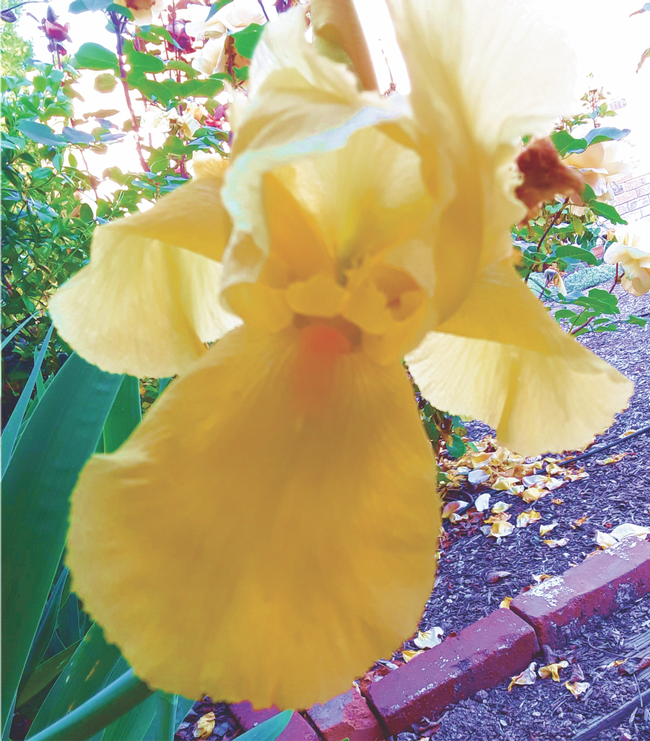
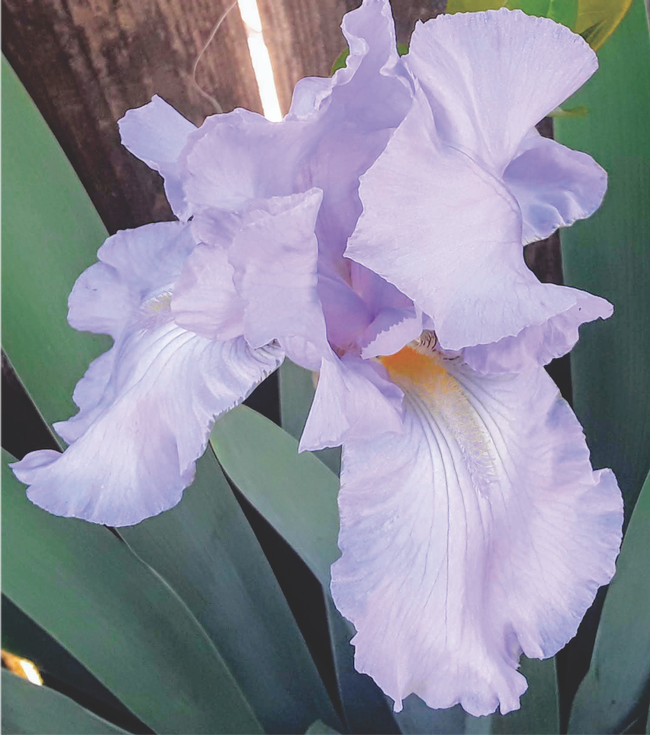
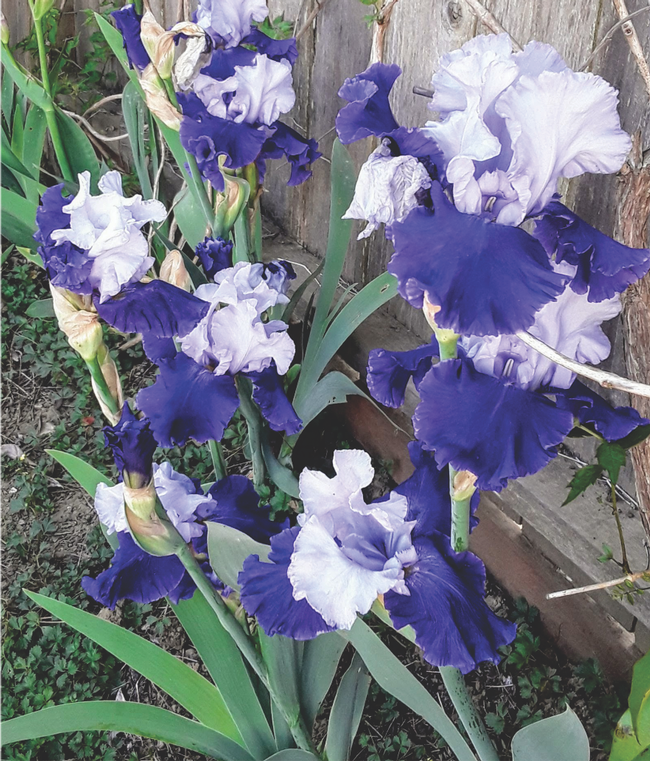
Although it seems like the buds appear all of a sudden, they begin to grow in mid-February on long, thick stems usually taller than the leaves. Each stem has from only one to multiple buds that bloom on alternate schedules throughout the coming week or two. I sometimes stake the bud stems if they look top-heavy. My Irises blooming from mid-April and continue in waves as long as weather permits. Remember, I said that I bought way too many.
These plants love to propagate. Rhizomes should be separated about every two years. Each time I dig them I'm amazed at how many there are just under the surface of the soil. It's a good idea to keep up with this duty. If I put it off, I feel like I practically need dynamite to break up the clumps. You might decide the rhizomes look like lobster tails too, because they are packed together on the surface of the soil like a pile of those crustaceans!
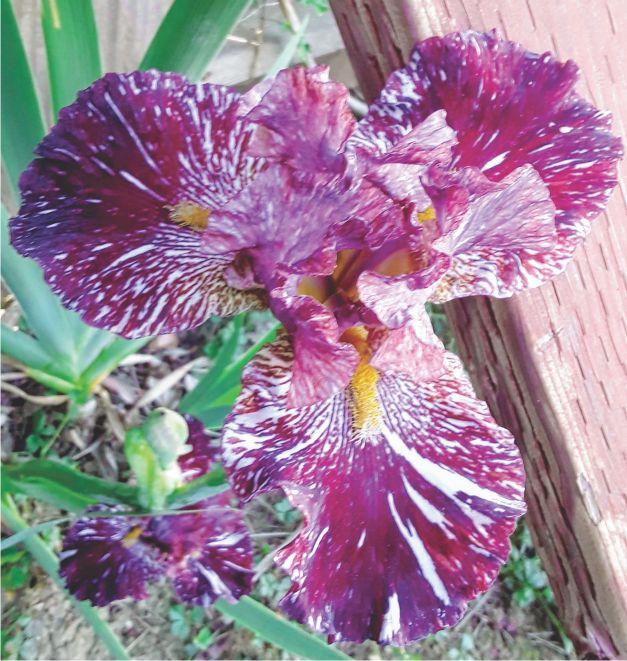
Again, if the soil is too moist the plants are susceptible to root rot and bacterial fungal problems. If planted in the shade they do not thrive. When the rhizomes get too compacted the plants will become spindly and weak. The iris borer can cause problems, but keeping the plants happy in their preferred environment will avoid the bulk of these problems.
I highly recommend the bearded iris for those of you that would like green all year and splashes of vibrant colors in the spring. Keep the plants thinned about every two years and you will be able to pass the surplus rhizomes to friends and neighbors to populate their gardens; then everyone has a chance at a colorful spring!
Informational links:
Missouri Botanical Garden: http://www.missouribotanicalgarden.org/PlantFinder/PlantFinderDetails.aspx?kempercode=f471
USDA: https://plants.usda.gov/core/profile?symbol=IRGE
During Napa County's shelter in place directive that protects everyone's health and safety, Napa Master Gardeners are available to answer garden questions by email: mastergardeners@countyofnapa.org. or phone at 707-253-4143. Volunteers will get back to you after they research answers to your questions.
Visit our website: napamg.ucanr.edu to find answers to all of your horticultural questions.
Photo credits: All photos by Mel Kendall